It is a prevalent misconception that longboard surfboards lack the cool factor associated with shortboards. This misconception often leads novice surfers to initiate their surfing journey with boards that are too small for their skill level.
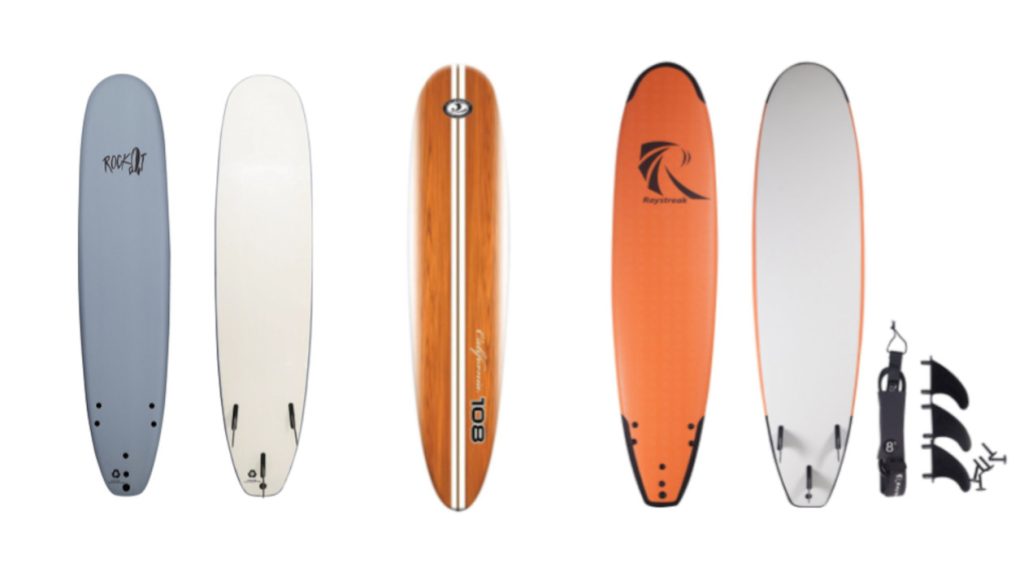
Unfortunately, this misguided approach can hinder improvement and even lead some to abandon surfing, deeming it “too hard.”
We’ve recognized the pivotal role that using the right equipment plays in the learning process.
Consequently, we have curated a list of our preferred beginner longboards to optimize your journey into the world of surfing.
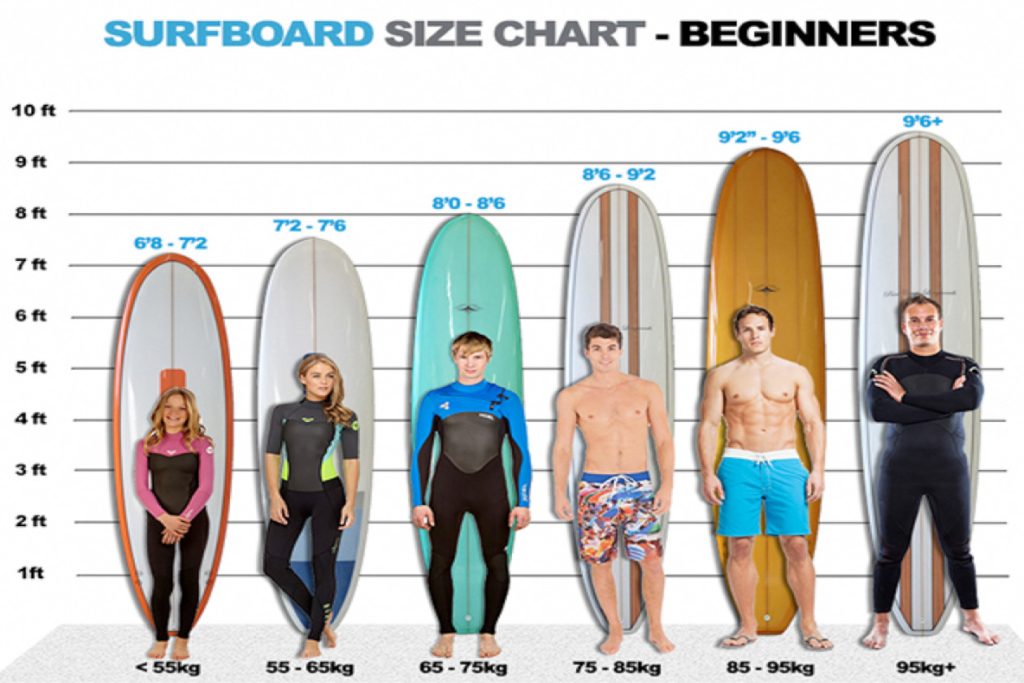
For those starting their surfing adventure, a crucial recommendation is to begin with a larger surfboard, specifically a longboard, typically ranging between 8 and 9 feet.
Why are Longboards better for beginners?
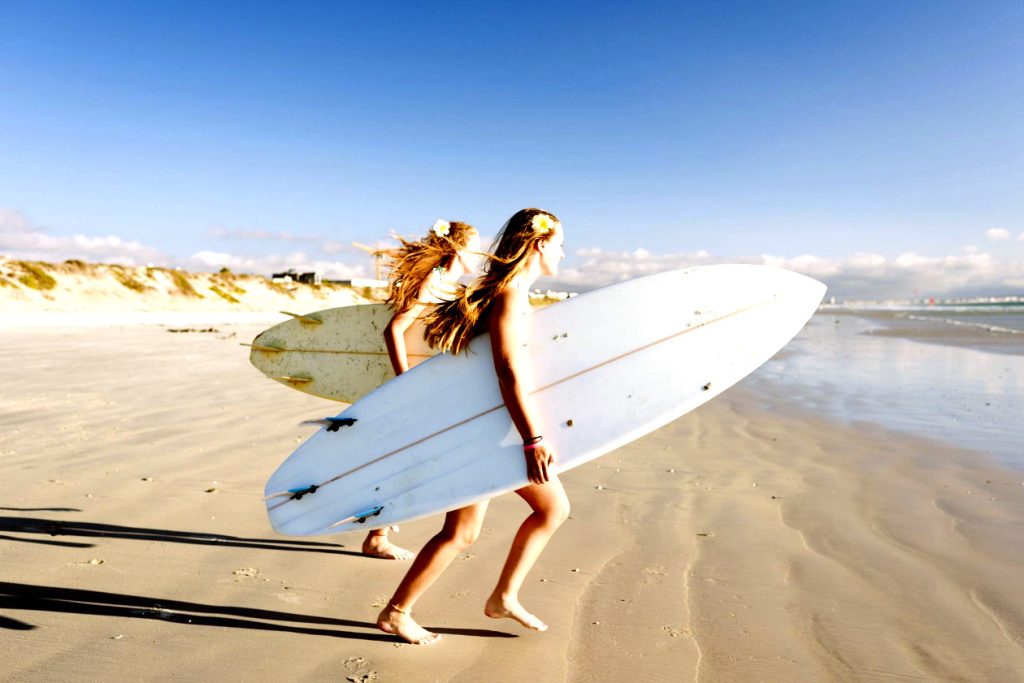
Longboards, characterized by their increased volume compared to shortboards and mid-length surfboards, offer several advantages for beginners. These advantages include enhanced ease of paddling, improved wave-catching capabilities, and the ability to stand up more readily.
The benefits of starting with a longboard extend beyond the initial learning stages:
1-High volume: Easier to paddle, catch waves, and pop up.
2-Ideal for smaller waves: Well-suited for beginners.
3-Early wave entry: Allows you to catch waves at a less critical stage.
4-Builds core and paddling muscles: Gradual progression before transitioning to a shorter board.
To start, we suggest using a soft-top longboard because it has a squishy foam surface that keeps the board safe and reduces the chance of getting hurt when you fall. If you happen to fall and the board hits you, it won’t hurt as much as a hard-top board.
But, if you’re feeling ready for a bit more challenge, we’ve also picked out some good hard-top longboards for people who are just starting or know a bit about surfing.
When you’re looking for a hard-top longboard, think about how much space it takes up — you want a board that’s not too small or too big, but just right to help you stay on top of the water.
Remember, when you’re out there surfing, you spend most of your time paddling (moving through the water on your board) rather than riding waves. So, it’s a good idea to begin with a longboard that’s easy to paddle. This will help you strengthen your muscles and build up your endurance, especially in your core and shoulders.
Soft top longboard
To facilitate the learning process, we recommend commencing with a soft top longboard, featuring a padded foam deck. This not only prevents damage to the board but also reduces the risk of injury during wipeouts.
The forgiving nature of soft tops provides a less painful experience in case of falls, fostering confidence in beginners.
While soft top longboards are excellent for beginners, we also provide recommendations for the best hard top longboards suitable for both novice and intermediate surfers. When selecting a hard-top longboard, prioritize volume to ensure a harmonious combination of float, stability, and paddle power.
Understanding that a significant portion of each surf session involves paddling rather than surfing, we emphasize the importance of starting with a high-volume longboard. This choice facilitates the gradual development of paddling muscles, including the core and shoulders, along with building cardiovascular endurance over time.
Surfboard dimensions, encompassing length, width, rail thickness, and total volume, can be located along the stringer – the central line running from the nose to the tail on most surfboards. A higher volume translates to better board floatation.
The Top 3 Soft Top Longboards:
Surfboards with soft tops feature a cushioned foam deck as opposed to the usual hard epoxy shell. These soft top longboards are particularly well-suited for beginners due to their enhanced safety, ease of paddling, stability, and cost-effectiveness compared to many traditional hard-top boards.
Soft top longboards come in various lengths, shapes, and fin setups, and they have even been featured in some of the most substantial and challenging waves globally. Here, we present our recommendations for the top three soft top longboards designed specifically for novice surfers:
NSP 9’2” P2 Soft Longboard:
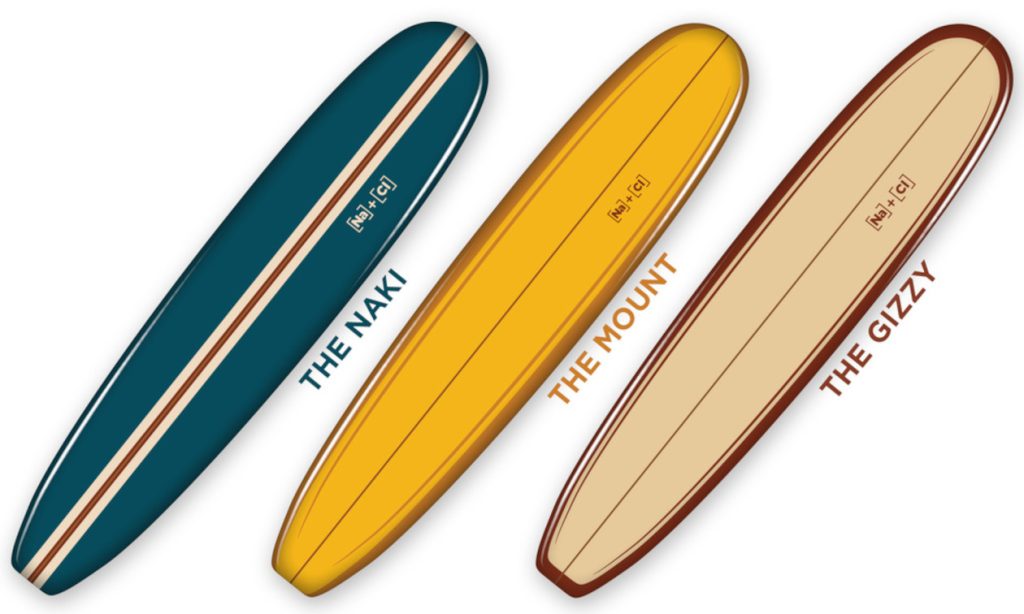
Renowned for durability, the NSP P2 soft tops have proven to be resilient over the years, making them ideal for beginners.
Catch Surf Odysea 9’0” Log:
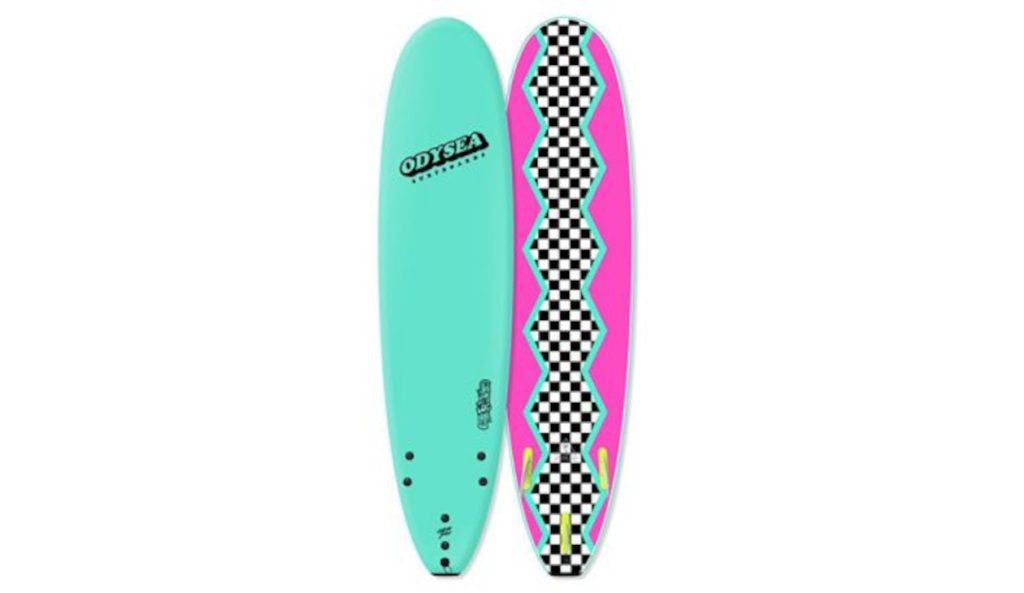
The Odysea is a popular choice for its high-performance features, durability, and suitability for various skill levels.
Almond 9’2” R-Series Surf Thump:
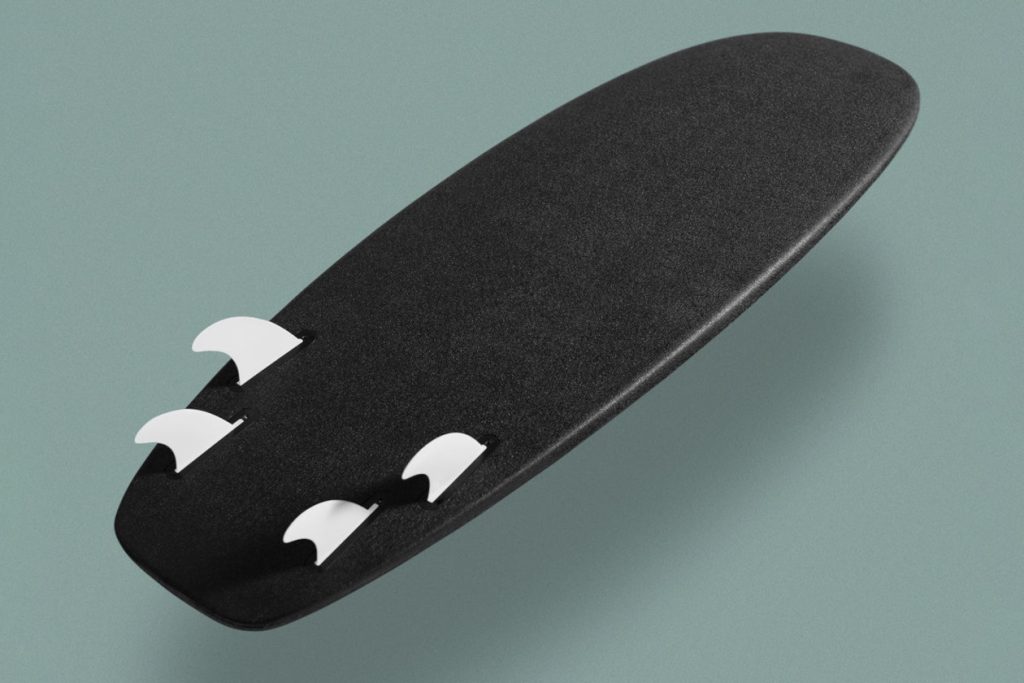
Almond Surfboards’ R-Series soft top longboards prioritize maximum glide in small wave conditions and boast 100% recyclable materials.
The Top 3 Hard Top Longboards:
Torq 9’0” Longboard:
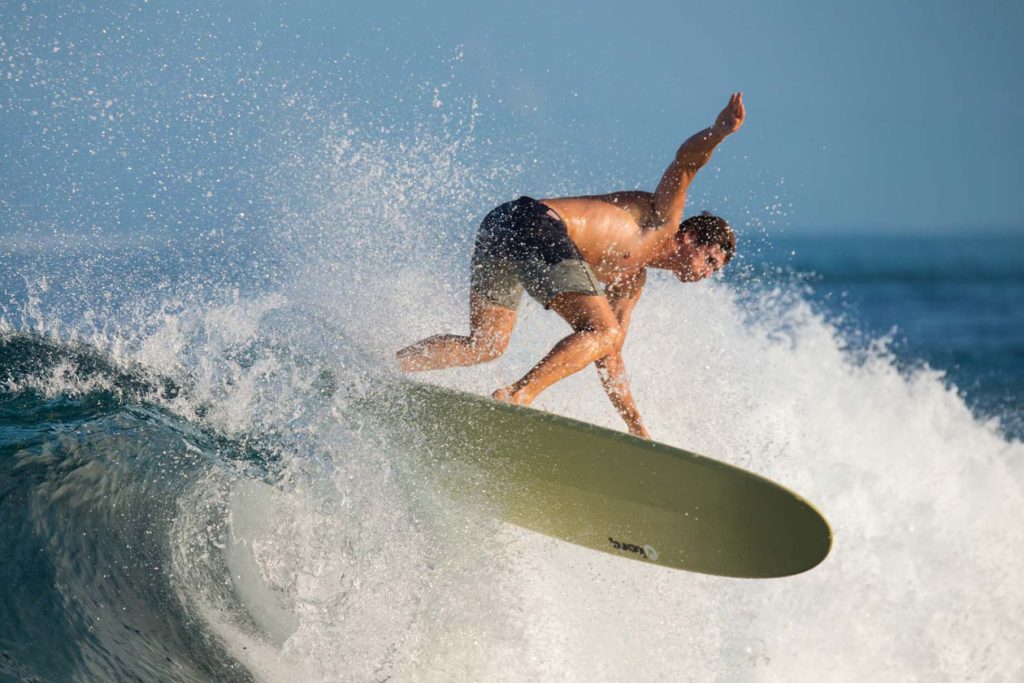
Torq surfboards strike a balance between performance and sustainability, offering versatility, user-friendliness, and minimal manufacturing waste.
Firewire 9’1” Gem:
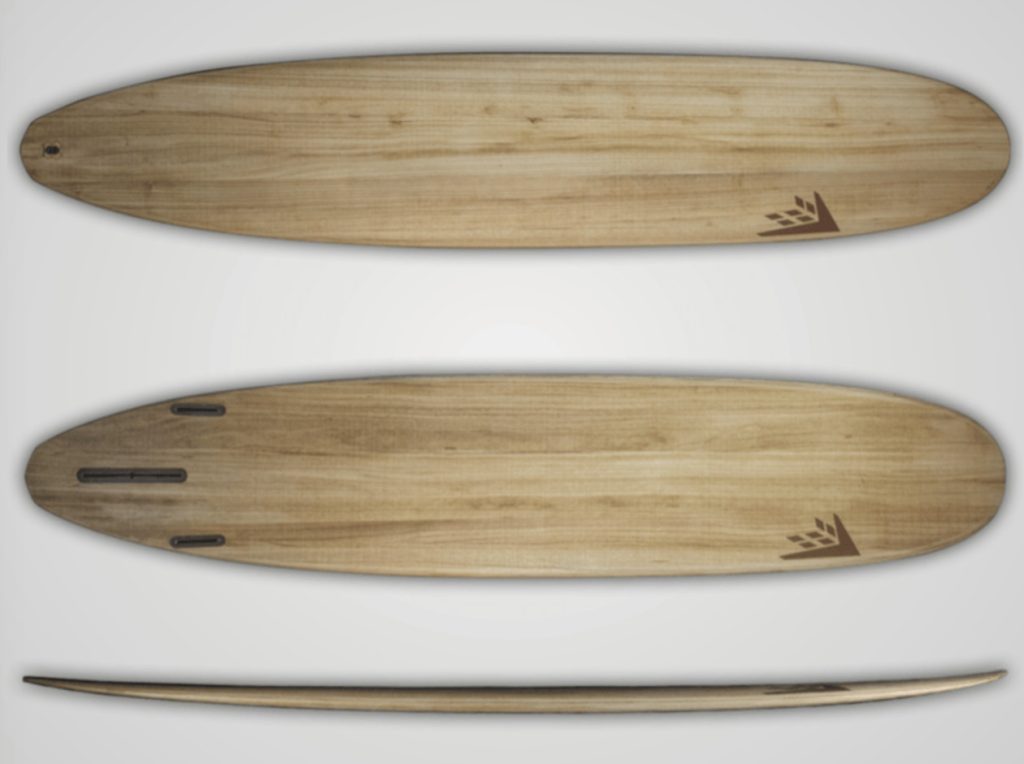
The Firewire Gem longboard, designed with a utilitarian philosophy, combines sustainability with a trim line and effortless turns.
NSP 9’0” Longboard Elements:
Recognized for durability and accessibility, NSP Longboard Elements is an exceptional choice for beginners seeking a long-lasting board.
How to Master Your New Longboard
Mastering your new longboard is a rewarding journey that involves a combination of skill development, practice, and a deep connection with the waves. Begin by familiarizing yourself with the board’s dimensions, ensuring it aligns with your skill level and surfing goals.
Practice paddling and finding your balance on calmer waters before venturing into larger waves. Understanding the proper positioning and weight distribution is crucial for stability and control.
As you paddle into waves, focus on the timing of your pop-up to seamlessly transition from lying down to standing. Embrace the art of trimming and maneuvering, gradually experimenting with turns and carving.
Consistent practice is key, and as you spend more time on your longboard, you’ll develop a unique feel for its responsiveness and nuances, ultimately allowing you to dance with the waves in a way that feels both exhilarating and harmonious.
If you are in Costa Rica and you want to lear to surf, do not hesitate to contact our surf school at Costa Rica Dive and Surf.
